On the first live stage of Vietnam, the fairy tales, legends and heroic history of the Northern region are vividly and emotionally recreated. From the sweet folk song of the girl on the banks of the Red River, to the bustling drum beats in the village festival, all are woven by the talented hands of the artisans. Let's explore the fascinating details of the Tinh Hoa Bac Bo show with Vietravel right through the article below!
1. Where does the Tinh Hoa Bac Bo show take place?
The Quintessence of the North was built in Sai Son commune, Quoc Oai district ( Hanoi ) (Photo source: Collected)
Located right at the foot of the sacred Chua Thay Mountain, where the founder of water puppetry Tu Dao Hanh is worshiped. The Quintessence of the North show at Baara Land is like a hidden gem in the middle of beautiful nature. With a lake surface area of up to 4,300m², the stage is like a giant mirror reflecting the majestic beauty of Chua Thay Mountain. The audience will be immersed in the open space, listening to the sound of rippling waves, feeling the breath of nature and blending into the fairy tale told through graceful dances and vivid images.
Inspired by the peaceful lakes surrounded by mountains, Baara Land's outdoor water stage is imbued with Vietnamese culture. Each performance is a vivid picture, recreating legends and folk tales in the most authentic and vivid way. The harmonious combination of dance, acrobatics, puppetry along with sound and light effects has created an unforgettable visual and audio feast.
2. Time of the Tinh Hoa Bac Bo Show
The show takes place every Saturday night (Photo source: Collected)
Every Saturday evening, when the night falls, the peaceful space by the large lake at Baara Land becomes brilliant with the live art show “Quintessence of the North”. During the 75 minutes, the audience will be taken on a journey to discover the culture, history and spirit of the Vietnamese people through six colorful chapters: Poetry, Buddha Realm, Nostalgia, Music and Painting, Joy and Festival.
Each chapter is like a vivid picture, recreating familiar images of the Vietnamese countryside: golden rice fields, ancient communal houses, traditional folk dances... All are expressed in a delicate and vivid way through the harmonious combination of music, light, special effects and impressive performances by 250 actors.
With the modern interactive stage, the audience will feel like they are immersed in the story itself. The hazy smoke, the shimmering water jets, the vivid 3D images... All create a magical space, taking the audience to distant lands and different historical periods.
3. Artistic scenes of Tinh Hoa Bac Bo
3.1. Poetry
Poetry inspired by the poem "Autumn Fishing" and the melody of "Slapping water at the communal house" (Image source: Collected)
Like a vivid painting, the first scene of the show Tinh Hoa Bac Bo brings the audience back to a peaceful, serene Vietnamese village. Inspired by Nguyen Khuyen's sentimental verses in "Thu Dieu", the sweet melody of the folk song "Tat nuoc dau dinh" and the sweet lullabies of his grandmother, the director skillfully painted a vivid picture of the countryside, imbued with Vietnamese character.
Pale yellow sunlight spread across the golden rice fields. The chirping of birds blended with the cheerful laughter of young girls carrying water on their shoulders. Strong, tanned young men holding fishing rods created a lively picture of labor. The charming dialogue between the boys and girls was like sweet six-eight verses, making the atmosphere joyful and lively.
3.2. Buddha Realm
The show Tinh Hoa Bac Bo is associated with the name of Zen master Tu Dao Hanh (Photo source: Collected)
The second scene in the Tinh Hoa Bac Bo Show focuses on depicting the image of Zen Master Tu Dao Hanh - the founder of Thay Pagoda, a figure of great influence in Vietnamese history and folklore. People often respectfully call him "Thay" because before becoming a monk, he was a traditional healer, wholeheartedly treating the poor without asking for any remuneration.
Not only limited to healing, Zen Master Tu Dao Hanh also taught people how to cultivate agriculture and guided them in folk games, most notably the art of water puppetry, a typical cultural feature of the Vietnamese people. The scene with the mystical appearance of the Zen Master in the middle of a lotus garden shimmering with light and color, creates a scene that is both mysterious and peaceful.
3.3. Nostalgia
"Nostalgia" recalls the tradition of studiousness of Vietnamese people from the past to the present (Photo source: Collected)
This scene in "The Quintessence of the North" bears a strong historical imprint, recalling the majestic image of the ancient Thang Long Imperial Citadel. The opening scene is the scene of the candidates packing their bags, carrying their tents and beds to go to the exam - a symbol of the spirit of learning and the tireless efforts of the Vietnamese people since ancient times. This scene not only recreates the arduous journeys of the candidates, but also depicts the ancient examination school setting with its large, majestic space.
The scene recreates part of the examination scene with images of teachers, examiners, and candidates diligently studying under the sun and rain, in a setting that is both ancient and sacred. The tradition of studiousness - one of the typical cultural beauties of the Vietnamese people - is subtly expressed, combined with heroic background music and modern lighting, creating an experience that is both lively and solemn.
3.4. Music and art
The "Music and Painting" scene in Tinh Hoa Bac Bo (Image source: Collected)
Inspired by the poem "Tranh To Nu" by poetess Ho Xuan Huong, this scene in the Tinh Hoa Bac Bo Show brings a poetic and aesthetic artistic space. On the background of a quiet dark lake, four paintings of To Nu appear magically, like flickering, illusory images between reality and dream. Each painting is a vivid work of art, recreating the charming beauty of four girls representing the image of Vietnamese women in the past, graceful and elegant. They not only represent beauty but also are symbols of artistic talent.
The four girls took turns performing traditional musical instruments, each with a unique sound, evoking the soul of folk music. The flute's sound was gentle and airy, like the sound of the wind or the stream; the pipa was deep and lyrical; the two-stringed fiddle had a soulful, resonant melody, and the moon-shaped lute was deep, gentle but powerful. These sounds intertwined, creating a harmonious and delicate ensemble, reminiscent of an ancient musical culture rich in identity.
3.5. Happiness
“An vui” talks about traditional values with deep spiritual meaning of Vietnam (Photo source: Collected)
Belief is one of the core elements and has a profound influence on the beliefs, culture, as well as daily activities in the lives of Vietnamese people, especially people in the Northern region. Among them, the worship of the Third Holy Mother and the Mother Goddess religion stand out as spiritual cultural traditions with profound spiritual meanings, expressing people's respect for the gods and saints who protect crops, bring peace and a prosperous life.
The An Vui scene in the Tinh Hoa Bac Bo Show not only recreates the worship rituals to honor the Mother Goddess of the Heavens, the Mountains, and the Water Palace, but also depicts the vivid agricultural labor life of the people through specific images such as the scene of going to the fields and working in the rice fields. The audience will witness the familiar image of the hard-working farmer, his hands quickly harvesting the golden ripe rice, a symbol of bountiful harvest, abundance and prosperity.
3.6. Festival
"Festival" will take you into the vibrant space of traditional folk festival rituals (Photo source: Collected)
After recreating the daily working life and traditional beliefs of the people through the first 5 parts of the Show Tinh Hoa Bac Bo, in this part, the audience will be brought into a colorful and vibrant festival cultural space, where entertainment activities and folk festival rituals are recreated in a realistic and delicate way. This is an important part, helping viewers feel more deeply about the rich spiritual life of the people in the Northern region.
The opening of this section is the image of Quan Ho melodies, a typical folk song of Kinh Bac region, which has been recognized by UNESCO as an intangible cultural heritage of humanity. The traditional costumes with Ao Tu Than, Non Quai Thao and the delicate gestures of the actors vividly depict the rustic yet sophisticated beauty of Quan Ho culture. Not only Quan Ho, traditional folk games such as swinging, tug of war, or kite flying are also vividly recreated on stage.
The Tinh Hoa Bac Bo Show is a journey to awaken memories, a precious reminder of the origin. Each drum beat, each dance, each song seems to still echo, urging us to return to traditional cultural values, while at the same time arousing national pride in every Vietnamese heart. Leaving the auditorium, visitors bring with them not only beautiful images, but also a deeper love for the land, people and culture of the North. Join Vietravel to discover the Tinh Hoa Bac Bo Show today!
Source: https://www.vietravel.com/vn/am-thuc-kham-pha/show-tinh-hoa-bac-bo-v15804.aspx


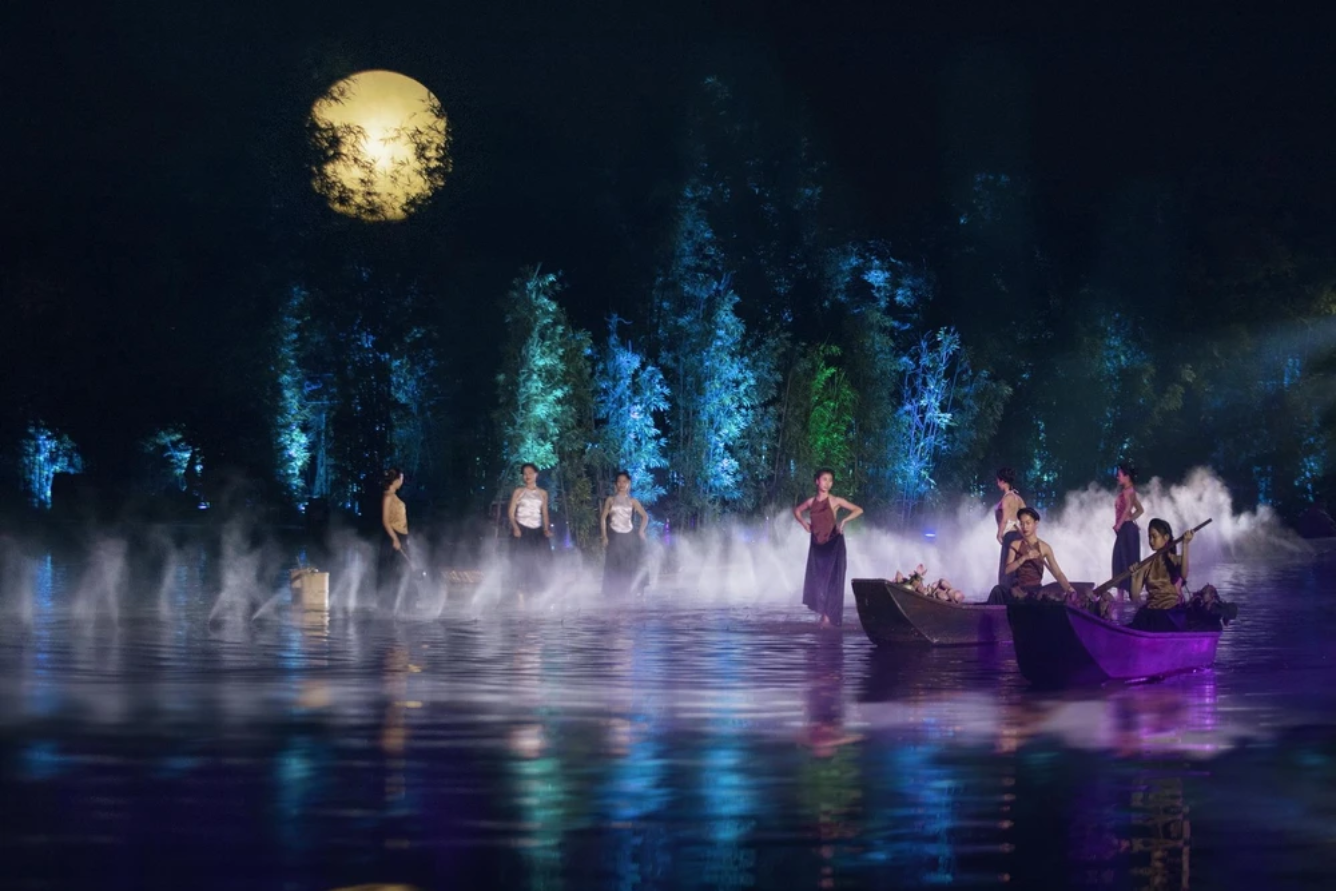
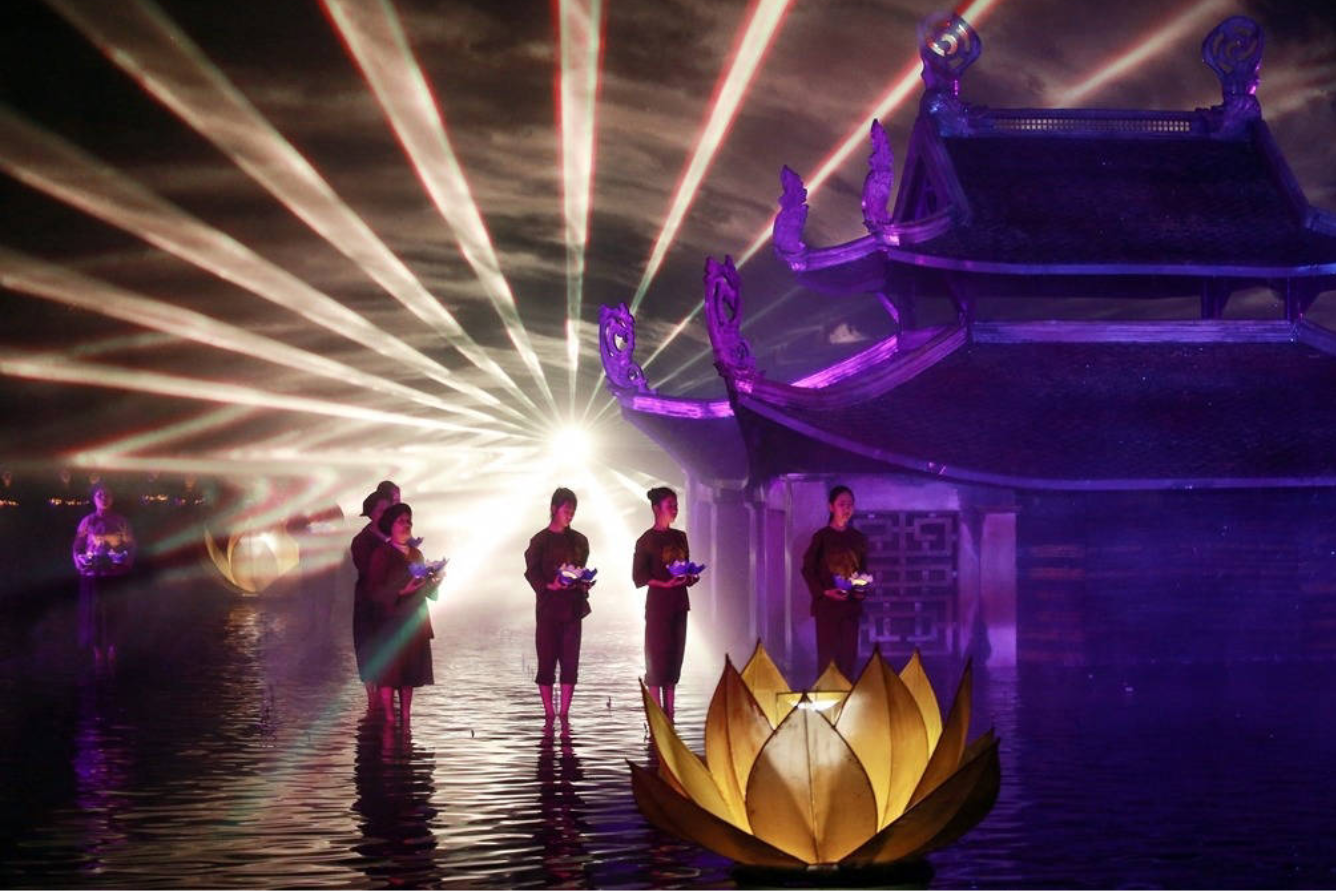

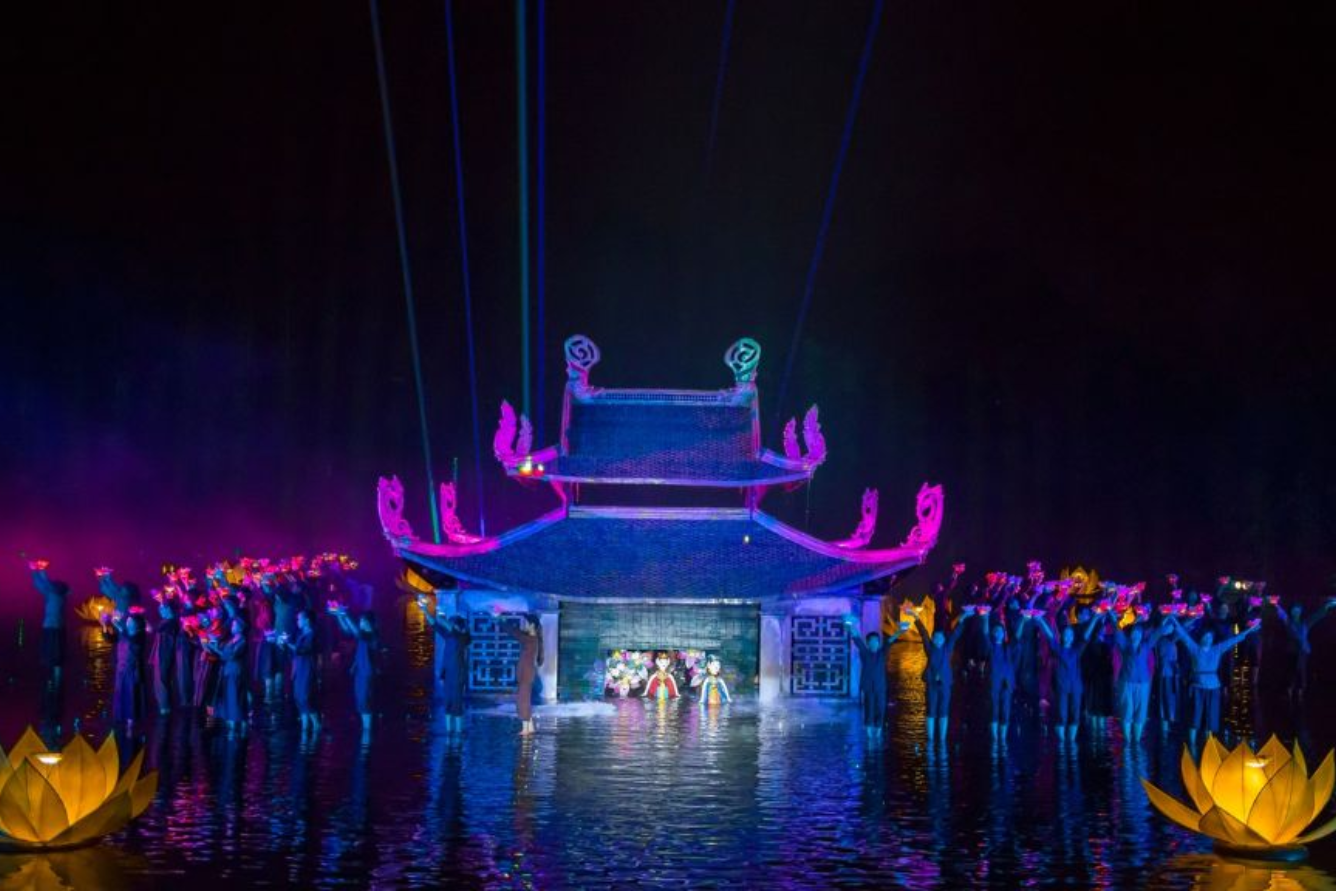
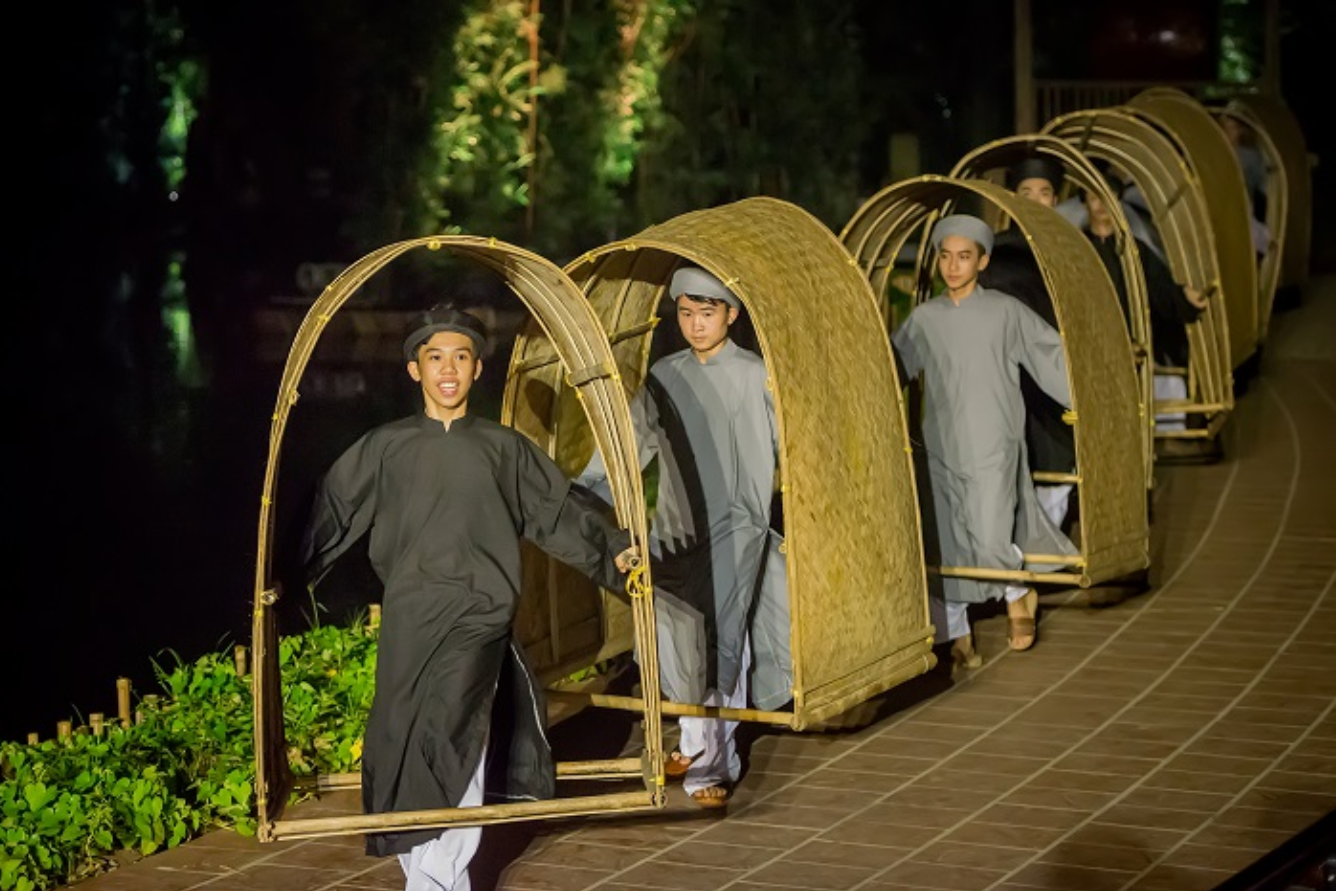
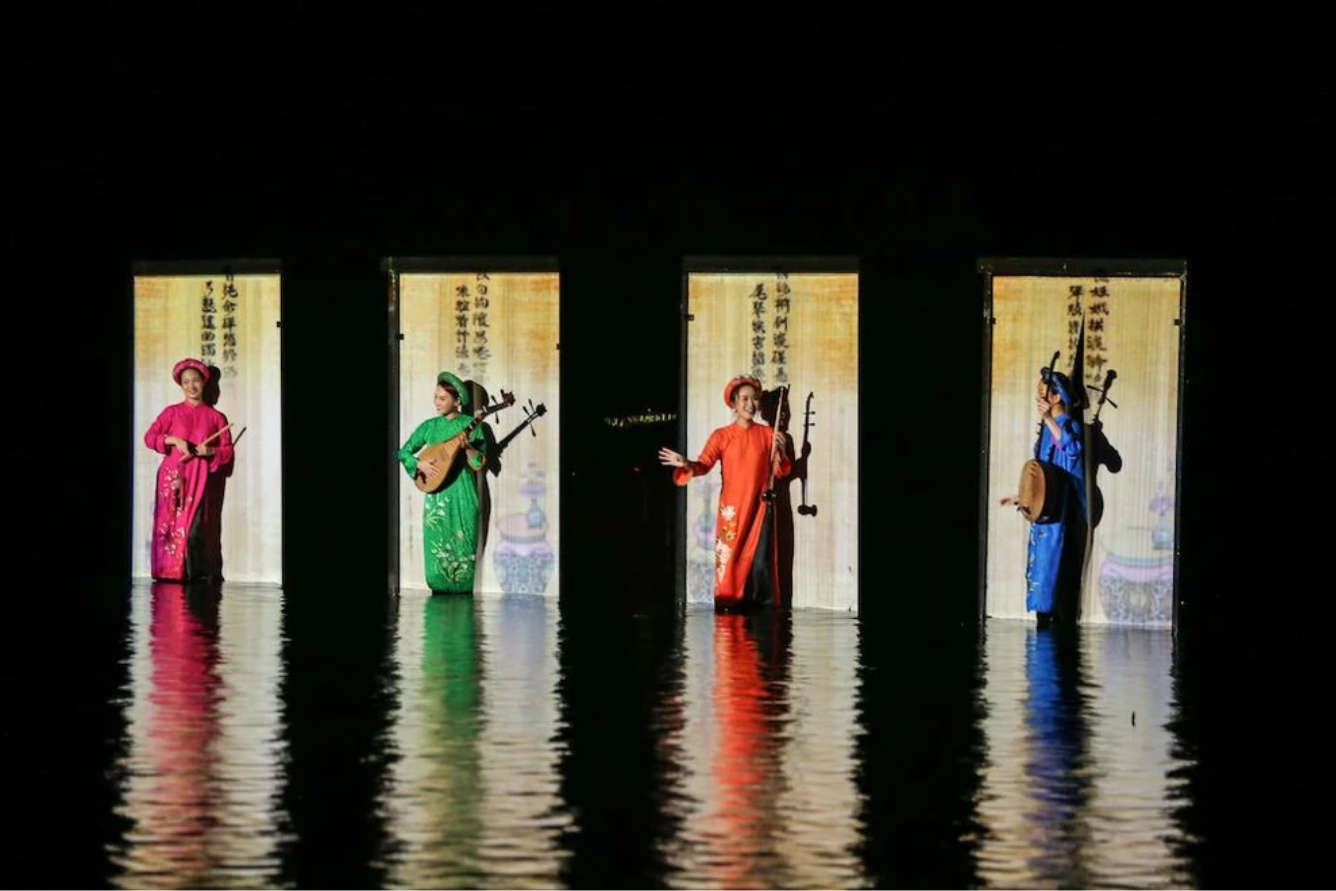
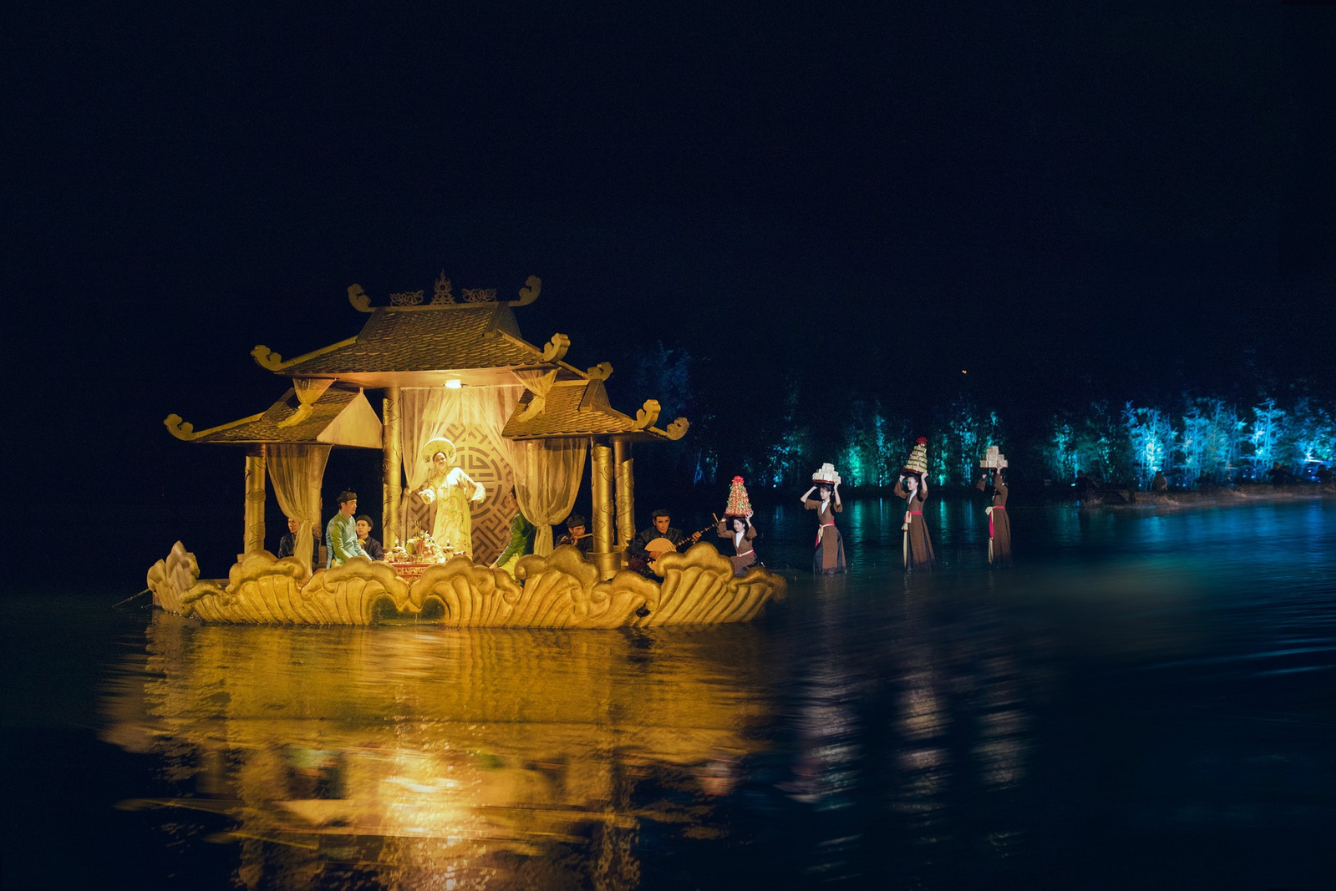
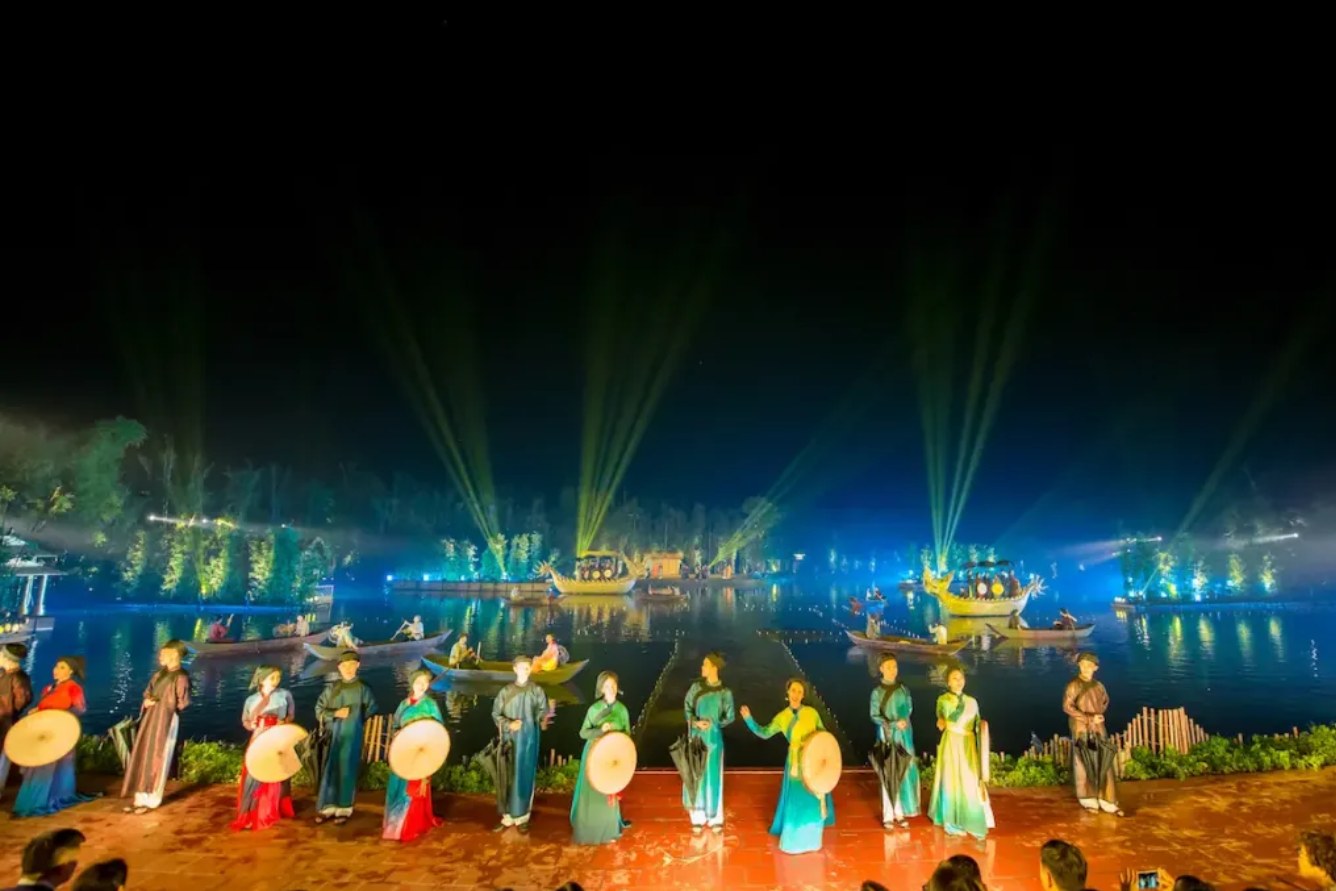






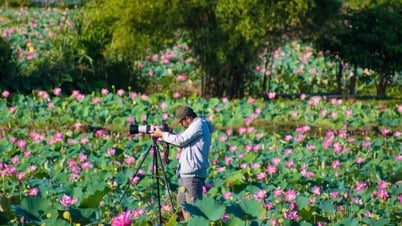



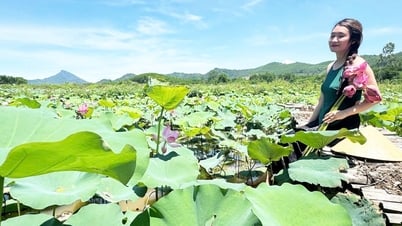

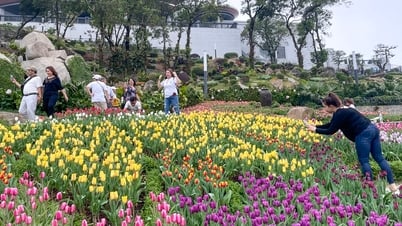
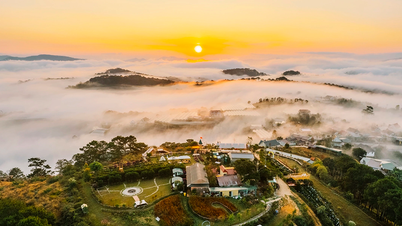
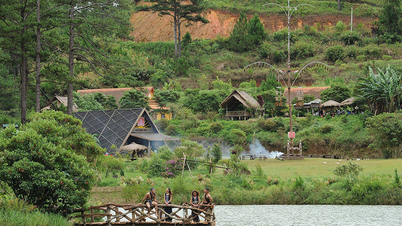







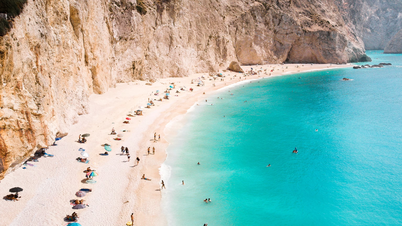

























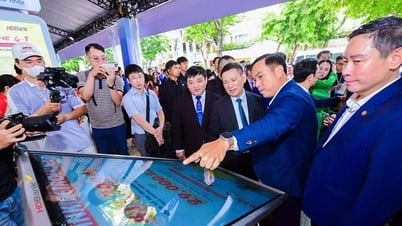


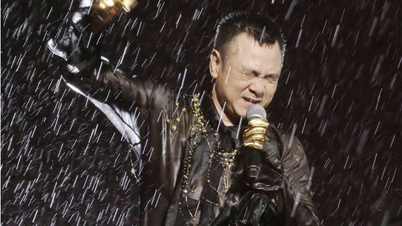






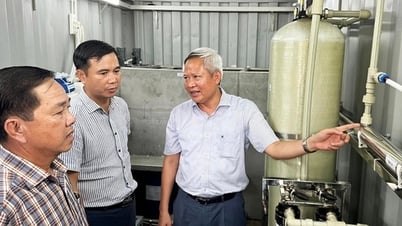




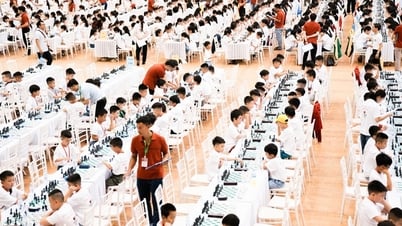


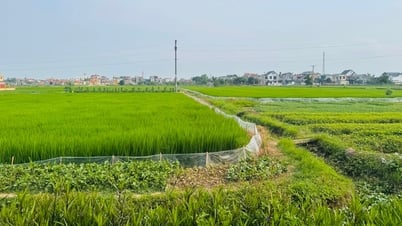

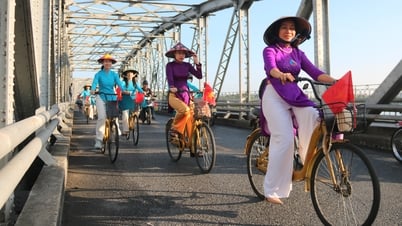



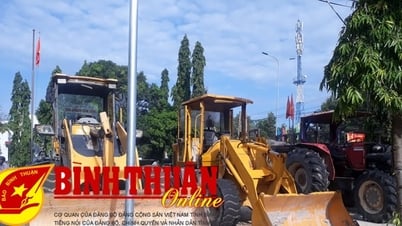

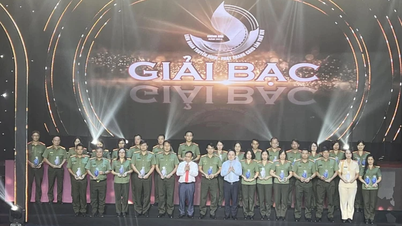

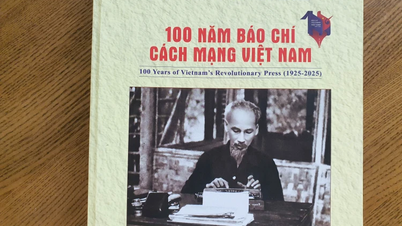













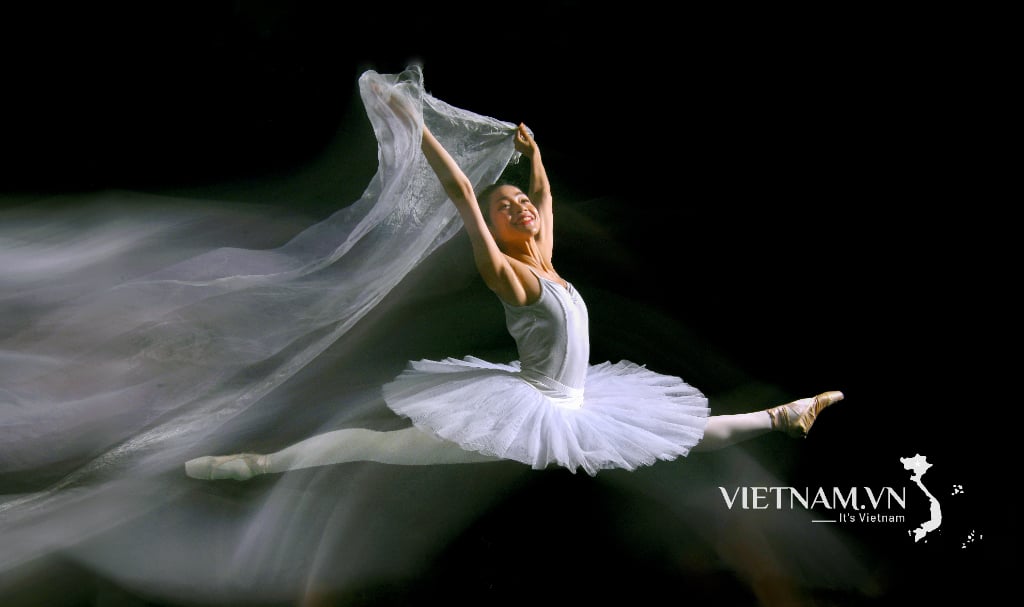

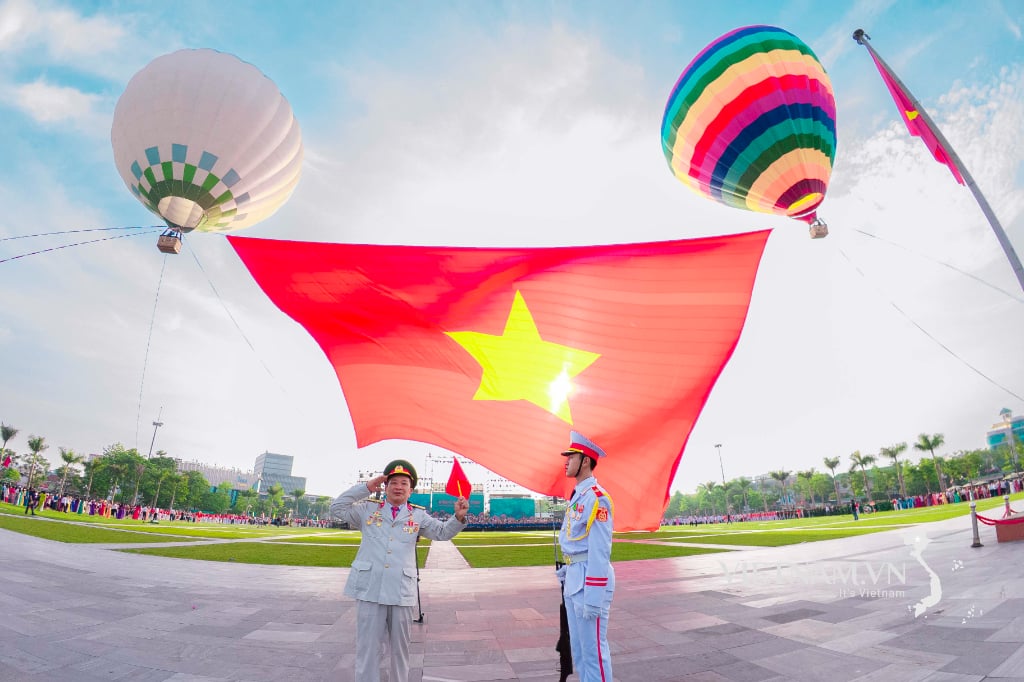
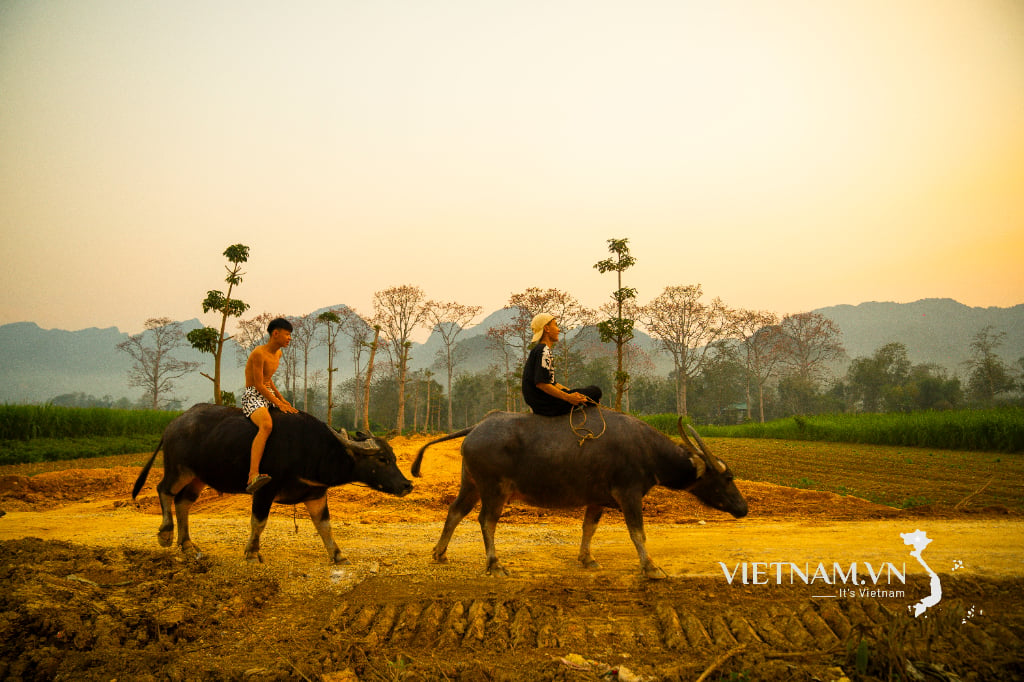
Comment (0)